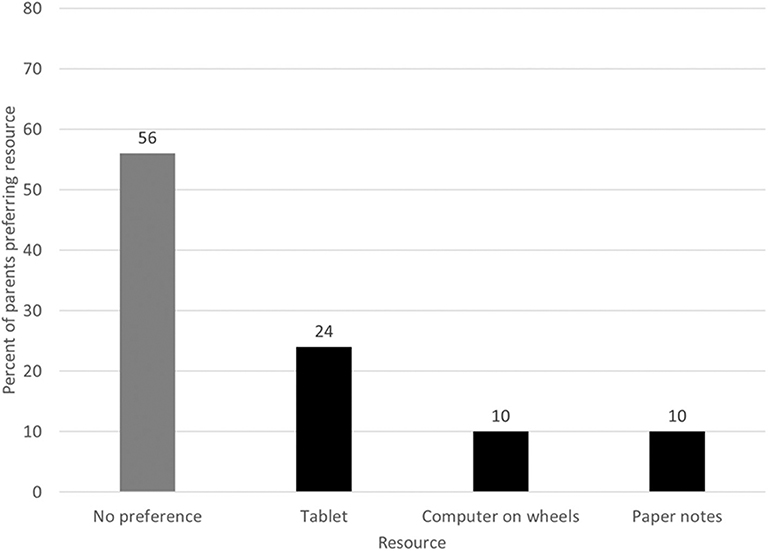
1. Infancy (0-12 months)
Infancy is marked by rapid physical growth and significant changes in motor skills. During this stage, a child grows approximately 10 inches in height and triples their birth weight by their first birthday. This period is crucial for neurological development; the brain undergoes critical growth spurts, forming countless synapses that facilitate learning and interaction with the environment.
Motor skills develop in a predictable sequence. At around 2-3 months, infants start to control their head movements. By six months, they can sit with support, and by one year, many can stand and walk independently. Sensory development is also paramount in this phase, as infants begin to use their senses to explore their surroundings. By 12 months, they usually display attachment behaviors, such as seeking proximity to caregivers, indicative of emotional development outlined in John Bowlby’s attachment theory.
Cognitive development in infancy is primarily characterized by the sensorimotor stage of Jean Piaget's theory. Infants explore the world through their senses and actions, developing an understanding of object permanence—the realization that objects continue to exist even when they cannot be seen. Language development begins with cooing and babbling, eventually leading to the utterance of simple words by the end of this stage.
2. Early Childhood (1-3 years)
As children transition into early childhood, they experience slower but steady growth. This stage is defined by a newfound independence, where toddlers begin to assert their autonomy and engage in imaginative play. Physical growth continues, with children gaining around 4-5 pounds and growing about 3-4 inches per year.
Key motor skills during this stage include running, jumping, and climbing, as well as fine motor skills like grasping small objects and using utensils. Cognitive development, according to Piaget, progresses into the preoperational stage. Children begin to use symbols, language expands significantly, and imaginative play flourishes. They may engage in parallel play, where they play alongside other children without direct interaction.
Socially and emotionally, this is a period characterized by the development of self-concept and self-regulation. Children learn to express their feelings and desires verbally and begin to understand the feelings of others, paving the way for empathy. Erik Erikson termed this stage as "Autonomy vs. Shame and Doubt," emphasizing the importance of encouragement in fostering a sense of autonomy.
3. Preschool Age (3-5 years)
Preschool-aged children experience physical growth relatively steadily, and their average weight gain is about 4-5 pounds a year, while their height increases by about 2-3 inches. Development during these years is noteworthy for the increase in exploratory and social behavior.
Cognitively, children are navigating through the preoperational stage, characterized by egocentrism—difficulty in seeing things from perspectives other than their own. During this stage, symbolic thinking becomes more advanced, leading to the ability to understand simple math, engage in storytelling, and recognize basic written words. This is also a time for developing memory skills as children begin to remember and recount events.
Socially, children move toward cooperative play, engaging with peers in shared activities. This fosters social skills development in kids (Www.allpetsclub.com) skills crucial for later interactions. Erikson highlighted this stage as "Initiative vs. Guilt," where children begin to initiate activities and assert control over their environment, learning to undertake tasks independently while developing a sense of initiative.
4. Middle Childhood (6-12 years)
Middle childhood is marked by significant development in physical, cognitive, and social realms. Children grow about 2-3 inches per year and gain approximately 5-7 pounds annually. This stage is characterized by improved coordination and strength, allowing children to engage in sports and other physical activities.
Cognitively, children transition into the concrete operational stage in Piaget's framework, where they begin to think logically about concrete events. They develop skills in problem-solving and understanding the concept of conservation—recognizing that quantity doesn’t change despite physical reconfiguration. Reading and writing skills improve significantly, and children often develop more sophisticated understanding of numbers and basic math operations.
Socially, friendships take on a crucial role as children engage in reciprocal relationships, learn the importance of teamwork, and begin to form a sense of belonging within peer groups. Erikson described this stage as "Industry vs. Inferiority," where children strive to demonstrate competence and gain approval from their peers and adults. Success fosters self-esteem, while repeated failure may lead to feelings of inferiority.
5. Adolescence (13-18 years)
Adolescence is a period of profound transformation, characterized by physical, emotional, and social changes. Physical growth is marked by puberty, initiated by hormonal changes, leading to increased height, weight gain, and the development of secondary sexual characteristics. During this stage, individuals may experience growth spurts and changes in body composition.
Cognitively, adolescents transition into the formal operational stage described by Piaget, allowing for abstract reasoning and hypothetical thinking. This enables adolescents to engage in complex problem-solving and to think about moral and ethical issues critically. They start to question established norms and may develop personal ideologies as they strive to establish their identity.
Emotionally and socially, adolescence is a time for identity exploration and establishing independence. Erikson termed this stage "Identity vs. Role Confusion," where individuals work to define who they are, understand their beliefs, values, and goals, and navigate relationships. Peer influence becomes paramount, and adolescents often seek acceptance and approval from their social groups.
Conclusion
Understanding the child growth stages provides essential insights for caregivers, educators, and healthcare professionals to support children’s development effectively. Each stage presents unique challenges and opportunities that shape a child’s future. From the early bonds formed in infancy to identity exploration in adolescence, each development phase contributes meaningfully to a child’s holistic growth.
As we navigate this complex landscape of child development, it is crucial to provide nurturing environments that respect and support individual differences while recognizing the universality of these stages. By fostering a deeper understanding of these growth stages, society can create policies and practices that enhance the wellbeing and potential of every child. Ultimately, investing in the growth and development of children is an investment in the future of our communities and the world at large.






